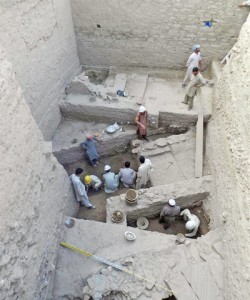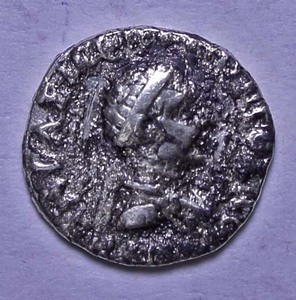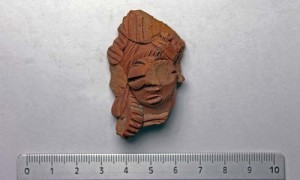Archaeologists in their fresh excavations here at Bazira, Barikot, Pakistan have discovered large layers of the Indo-Greek city with weapons and coins as well as important pottery forms imported from Greek Bactria and from the Mediterranean area in second century BCE.
Dr Luca Maria Olivieri, head of the Italian Archeological Mission in Pakistan, said that during their recent excavation in April-June his team unearthed some very important discoveries in Bazira, Swat.
“Very little is known in the archaeology of the sub-continent about the material culture of the Indo-Greek. However, this time we discovered at Barikot ample layers associated not only to the Indo-Greek city (when the settlement was encompassed by the Defensive Wall, 2nd BCE), but also to the pre-Greek city, the Mauryan settlement (3rd BCE),” he said, adding that outside the Indo-Greek defensive wall extensive evidence of the proto-historic village (Gandhara Grave Culture; 7th-8th century BCE) were also found. He said that during the recent excavations they also discovered a large late-Kushan Temple with four pillars on the northern part of the excavated area (3rd century CE). Dr Luca said that his team was currently excavating one hectare with a stratigraphy from 7th BCE to 3rd CE in Bazira.
Terming the archaeological site of Barikot one of the largest and most important sites in future, he claimed: “I foresee that in future Barikot will become one of the largest and long-lasting excavation projects in Pakistan (30 years so far) if not in the entire sub-continent. It already represents the only Indo-Greek city excavated at that scale, and one of the few examples of a Kushan urban settlement scientifically excavated in South Asia.”
Source: Dawn.com
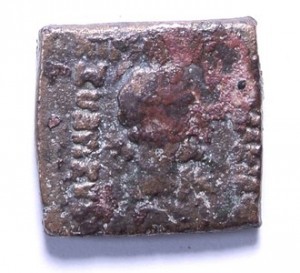
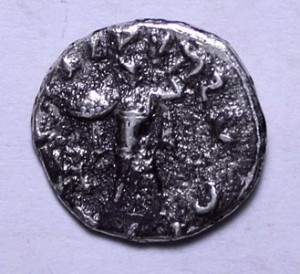
Indo-Greek coins
Terracotta baroque female figurine
